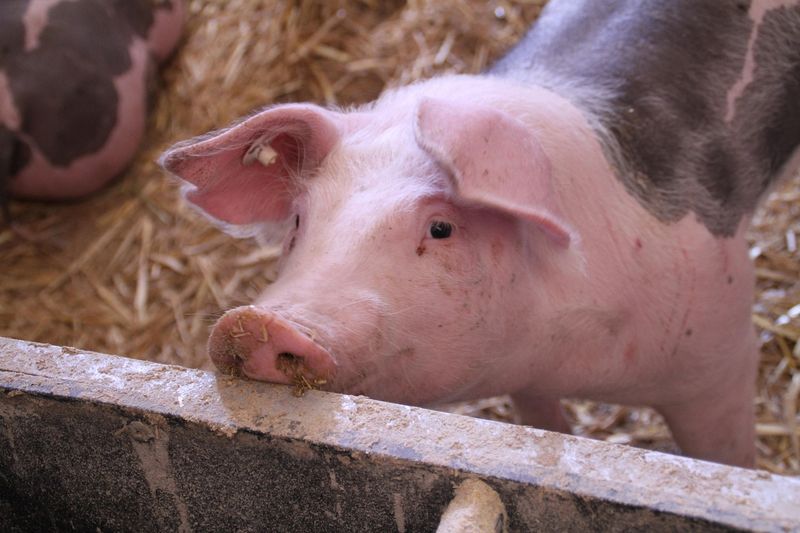
EU Pig Sector Shrinks as Prices Soften and Global Competition Rises
The EU pig industry is facing shrinking herds, softer prices, and rising global competition, leaving farmers squeezed between high costs and weaker markets
The European Union’s pig sector is at a crossroads. A new market situation report (August 2025) from the European Commission shows that while the EU remains one of the world’s largest pork producers and exporters, its herd is shrinking, prices are slipping, and producers are struggling to stay profitable.
Herd Numbers Falling
The total EU pig herd has steadily declined: from 134.4 million animals in 2022 to just under 132 million in 2024. Breeding sows, the backbone of future supply, also fell from 10.5 million in 2023 to 10.1 million in 2024. Some countries like Hungary and Spain saw growth, but Italy, Poland, and the Netherlands experienced sharp drops. Fewer sows today mean fewer pigs tomorrow, signaling tighter supply down the road.
Takeaway: The EU pig herd is shrinking, especially breeding sows — a warning sign for future supply.
Production Patterns
Slaughter figures in early 2025 (January–May) reveal mixed trends. While Romania, Bulgaria, and Spain increased output, major producers like France, Italy, and Poland cut back. Overall, EU production is broadly stable but shifting geographically. In tonnes of pork, the EU remains a heavyweight, but the long-term trajectory is slightly downward.
Takeaway: Production remains steady overall, but the geography is shifting — some regions are growing, while traditional powerhouses are losing ground.
Prices Under Pressure
For farmers, the bigger story is money. Average EU pig carcass prices in August 2025 stood at €205.70 per 100 kg, down nearly 3% from the year before. Piglet prices, at €62.65 per head, are slightly higher, but feed, energy, and piglet rearing costs continue to climb. This imbalance means that even when pigs fetch decent prices, many farmers are left with razor-thin or negative margins.
Takeaway: Farmers face a squeeze — costs are climbing faster than pig prices, making profitability harder to achieve.
Trade: Exports Steady, Imports Falling
Despite internal challenges, the EU remains a net exporter of pork. Exports in early 2025 reached 1.48 million tonnes, up slightly from the year before. China (including Hong Kong) remains the single biggest buyer, followed by the UK, the Philippines, and Japan. At the same time, EU pork is finding new markets in Africa and Southeast Asia.
Imports, on the other hand, are down — mainly from Switzerland, Chile, and Norway. The UK is still the EU’s top pork supplier.
Takeaway: The EU still exports far more pork than it imports, but sales are shifting — Asia and Africa are growing markets, while Japan and South Korea are weakening.
The Global Picture
Globally, the EU competes with the United States, Brazil, and Canada. Prices show why that’s tough: EU pigs sold for around €206/100 kg, while Brazil and North America offered pork at much lower prices (closer to €160–170). This makes EU pork less competitive abroad, especially in price-sensitive Asian markets.
Takeaway: The EU produces quality pork, but it’s the world’s highest-cost supplier, putting it at a disadvantage against cheaper rivals.
What It All Means
The EU pig sector is shrinking, not growing. Costs are up, prices are down, and global rivals are undercutting Europe in key export markets. Yet the EU still holds major strengths: a reputation for quality, strong demand from China and the UK, and diversified export markets. The big question is whether European producers can adapt fast enough — by cutting costs, improving efficiency, or focusing on premium markets — to stay viable in an increasingly competitive world.
Takeaway: The sector’s survival depends on adaptation — efficiency gains and premium positioning may be the only ways forward.
Source:
